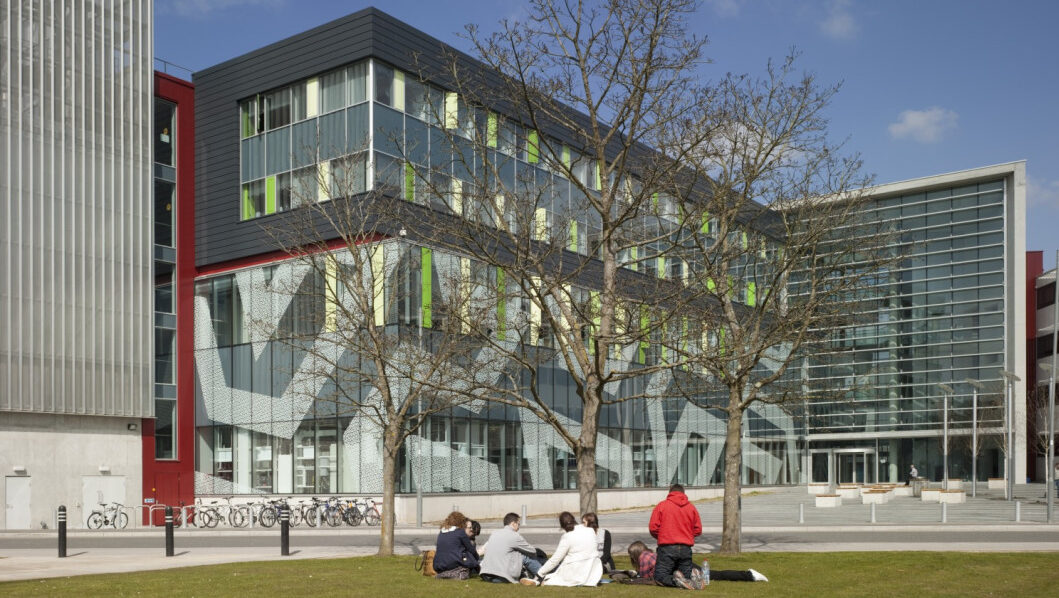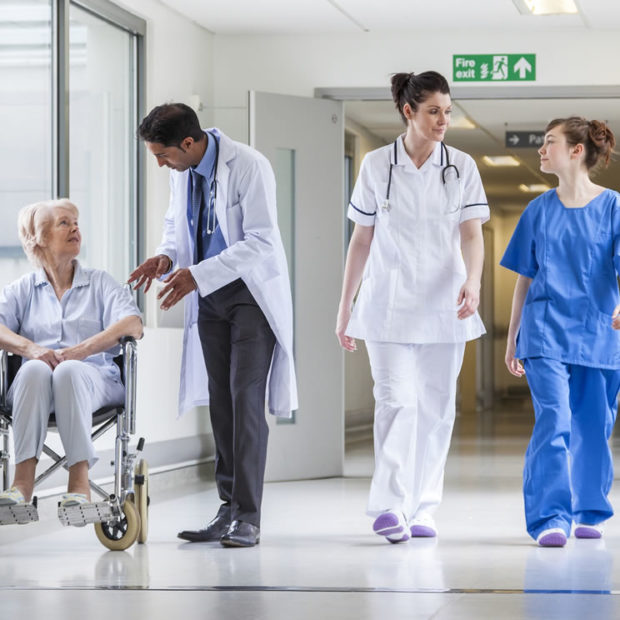Hartley News Online Your alumni and supporter magazine
Engineers and cell biologists at Southampton have come together to develop a clearer understanding of the way respiratory diseases impact the lungs. The lung is an incredibly complex organ, and the site of many diseases for which there are currently no cures, such as asthma and COPD.
Exploiting microfluidics and electronics together with cells from patients, researchers have been able to replicate human lung tissue at microscopic scale, and observe how it responds in various diseases. This ‘lung on chip’ is already helping to unlock the secrets of how respiratory illnesses develop.
The aims of the project are to use this organ on a chip to more accurately model respiratory disease, its progression through the lungs and impact on the body. The research will also reduce reliance on animal testing in medical research, and reduce drug attrition through the creation of better pre-clinical models.
The device opens up possibilities for personalised medical treatment, as the human cells are taken from bronchial brushings from individual patients in clinical trials. In the future, being able to observe the way that a particular patient’s cells react to stimuli and treatments could usher in a new era of targeted and specialised treatments.
Analysing asthma
Researcher Dr Emily Swindle is a cell biologist who specialises in understanding the impact of chronic asthma on the body. People with severe asthma make up approximately eighteen per cent of the total asthmatic population but these patients experience a high disease burden and hospital visits because their symptoms are not well controlled with current treatments and therapies.
“Asthma models in mice, for example, can’t fully replicate the human experience of asthma as their biology is different. Mice don’t cough, and so the long-term bronchoconstriction suffered by humans with severe asthma does not develop in mice.
The ‘lung on chip’ more accurately replicates human tissue and gives a clearer picture of how the human body reacts to the disease.”
Previously, in order to study the structure, function, and behaviour of specific cell types (such as the cells within a human lung) Emily and her team would have used differentiated cell cultures in vitro. A differentiated cell culture is a population of cells that have developed into a specific cell type, created a cell barrier, and demonstrate the characteristics of those cells in the body. This approach has limitations, as it can’t show the way these cells interact in a working organ.
Following a discussion between Professor in Respiratory, Cell and Molecular Biology, Donna Davies, and Professor Hywel Morgan from ECS, grant funding was secured for the development of the ‘lung on chip’ to address this concern and provide a more accurate model of a human lung, in miniature. This would not have been possible without the close collaboration between these world leading academics and the coming together of their different specialisms.
Hywel says: “The organ on chip platform that we developed provides a completely new way of looking at the structure and function of tissue like the lungs. The organ on chip device replicates the behaviour of the tissue outside the body. The device has integrated sensors that provides real-time measurement of physiological changes. It is also possible to sample the tiny amounts of proteins produced by the cells and to map changes in these as a function of time, something that has never been done previously”
One benefit of the ‘lung on chip’ device is that it can replicate the interstitial flow (the movement of fluid in the spaces between cells and tissues, known as the ‘interstitial space’) of the lung tissue. In many diseases, including the respiratory illnesses that Emily’s team specialise in, interstitial flow is altered, and studying it is key to understanding the ways in which the disease progresses in the body.
The study of interstitial flow is closely linked with another process called ‘barrier monitoring’, assessing the strength and integrity of cell barriers. The ‘lung on chip’ can monitor the barrier in real time, meaning that researchers can follow changes in the barrier as a disease progresses, tracking the progress of tissue disruption.
Beyond the lung
Perhaps the most exciting element of this research is that the methodology can be extended to explore other conditions affecting different parts of the body.
Emily’s research is all about lung disease, but this approach can be used to explore any tissue barrier. “We’re collaborating with colleagues to see if we can use this to replicate a blood-brain barrier and there are other possible applications of the technology to do research on the gut barrier or kidney barrier. It could revolutionise our understanding of a whole range of diseases.”
There is already an appetite from pharmaceutical companies to progress work on micro-physiological systems such as the ‘lung on chip’ and validation of these devices could mark a step change in our understanding of disease progression.
The collaboration between engineers and medical researchers is key to driving forward progress in this space.
“There are certain things that as a cell biologist I would see as a big hole in our knowledge, but my colleagues in engineering would look at and see a simple solution: to build a device for that specific task. That cross-fertilisation is so important. That understanding of two very complex areas of research is very rare. The benefit and insight of that is priceless.”



